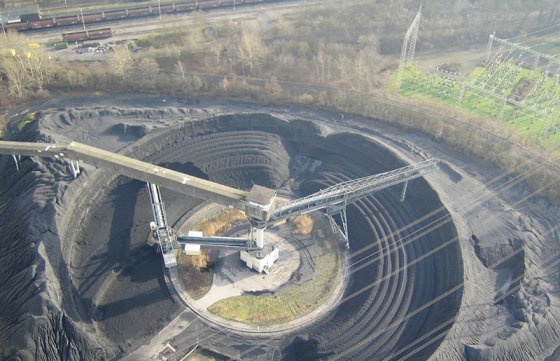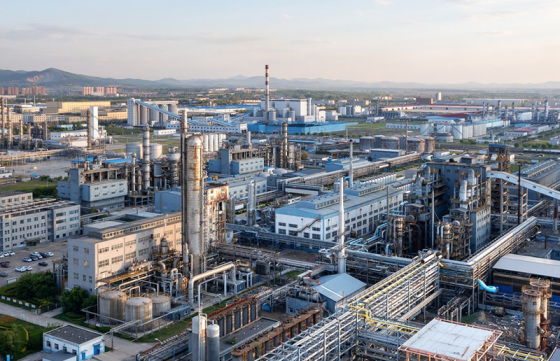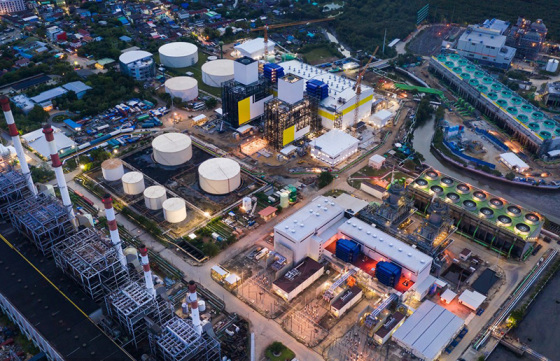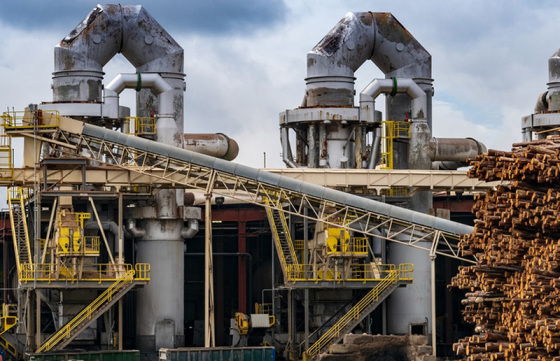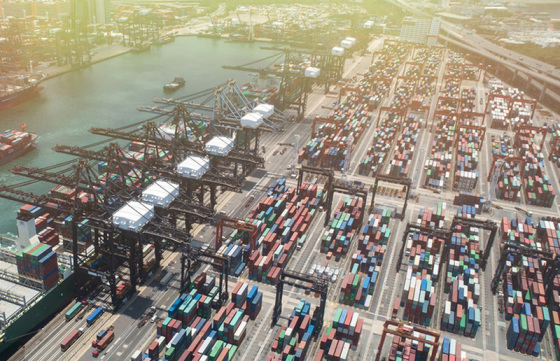
Main Pattern Types
·Chevron Pattern
The most widely used pattern, featuring an upward V-shape. It offers excellent anti-slip and load-bearing capabilities, ideal for medium-incline conveying. Variations are available based on the V-angle and depth.
·V-Shape Pattern
Similar to the chevron pattern but with wider and shallower openings. It offers slightly less anti-slip ability but enables easier discharge, suitable for lower incline angles.
·U-Shape Pattern
Featuring a U-shaped pattern with a larger bearing surface, it provides excellent anti-slip performance, suitable for transporting blocky or highly mobile materials.
·Cleat Pattern
Featuring transverse cleats, offering moderate anti-slip function but enabling extremely smooth discharge, ideal for flat or low-incline conveying and preventing material rollback.
·Special Patterns
Customized special patterns such as diamond or grid shapes can be produced according to material characteristics and operational requirements.
-1024x516.png)
Product Types
Chevron conveyor belts can be categorized based on the following aspects:
1.Pattern Shape
Classified by different pattern designs such as chevron, V-shape, U-shape, and cleat types. Chevron patterns are the most commonly used, ideal for medium to steep inclines.
2.Pattern Height
The pattern height directly affects the belt’s anti-slip ability and maximum conveying angle. Higher patterns provide better grip for steeper inclines but may cause more material residue. Selection should consider material size and required conveying angle.
3.Carcass Material
Available carcass materials include Cotton Canvas (CC), Polyester Cotton (TC), Nylon (NN), and Polyester (EP). Carcass properties determine the belt’s strength, flexibility, abrasion resistance, and adaptability to operating environments.
4.Cover Rubber Properties
Depending on working conditions, various cover rubber properties are available, such as abrasion resistance, heat resistance, cold resistance, oil resistance, acid-alkali resistance, and flame retardancy, meeting diverse conveying requirements.
Maintenance and Care
·Daily Inspection
Inspect surface for damage, joint integrity, belt alignment, and component condition.
·Regular Cleaning
Remove residues and dust regularly.
·Lubrication Maintenance
Lubricate rollers and pulleys periodically.
·Tension Adjustment
Check and adjust belt tension regularly.
·Preventive Maintenance
Replace worn or aged components timely under a preventive plan.
Note:
For more information on conveyor belt specifications, selection, or customization services, please contact our sales team.
Product Features
Need a custom solution?
Let’s make it simple.
Professional OEM/ODM services to match. From function to design, we offer fast and flexible customization to meet your exact needs.
Customization Options
Applications Across Industries
Tailored Conveyor Solutions for Diverse Industries – Precision-Matched to Your Material Handling Needs.
Reach Out Today
Contact us to get a free quote, your project will meet a right solution with us.

